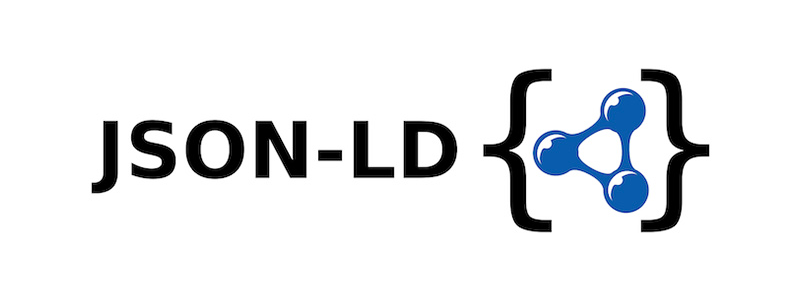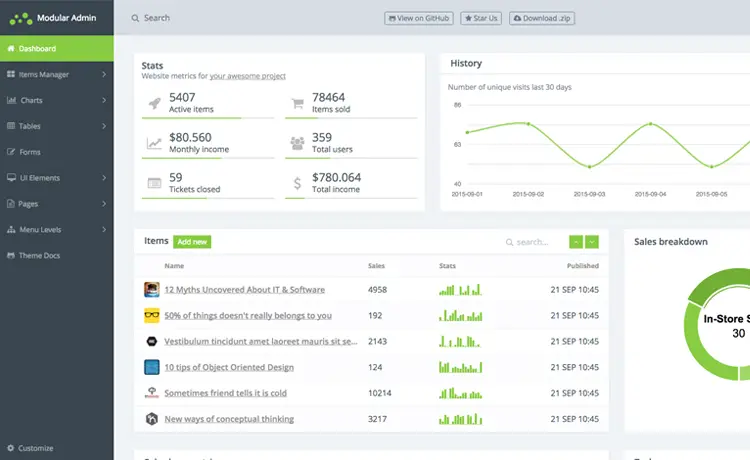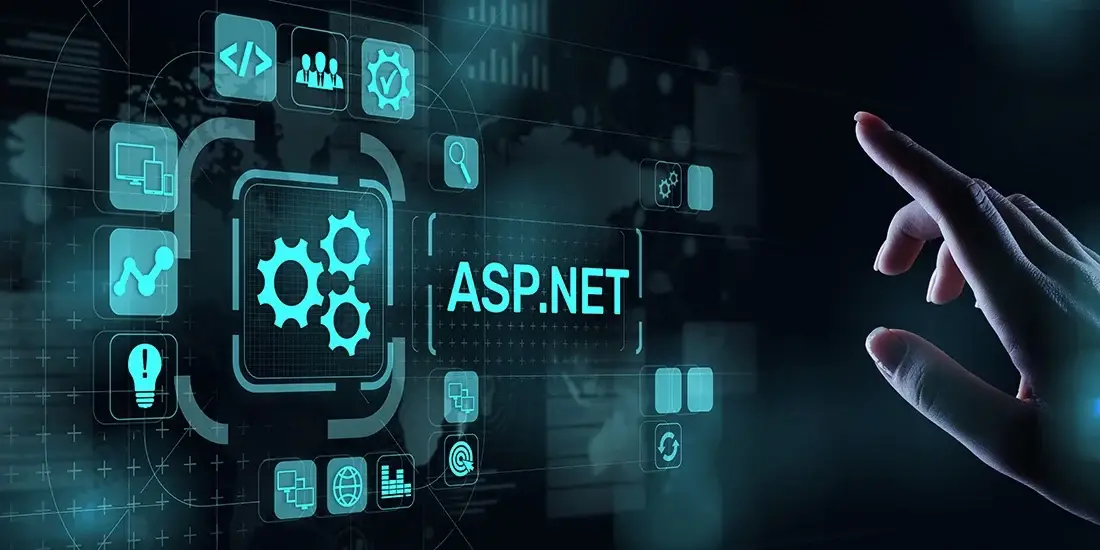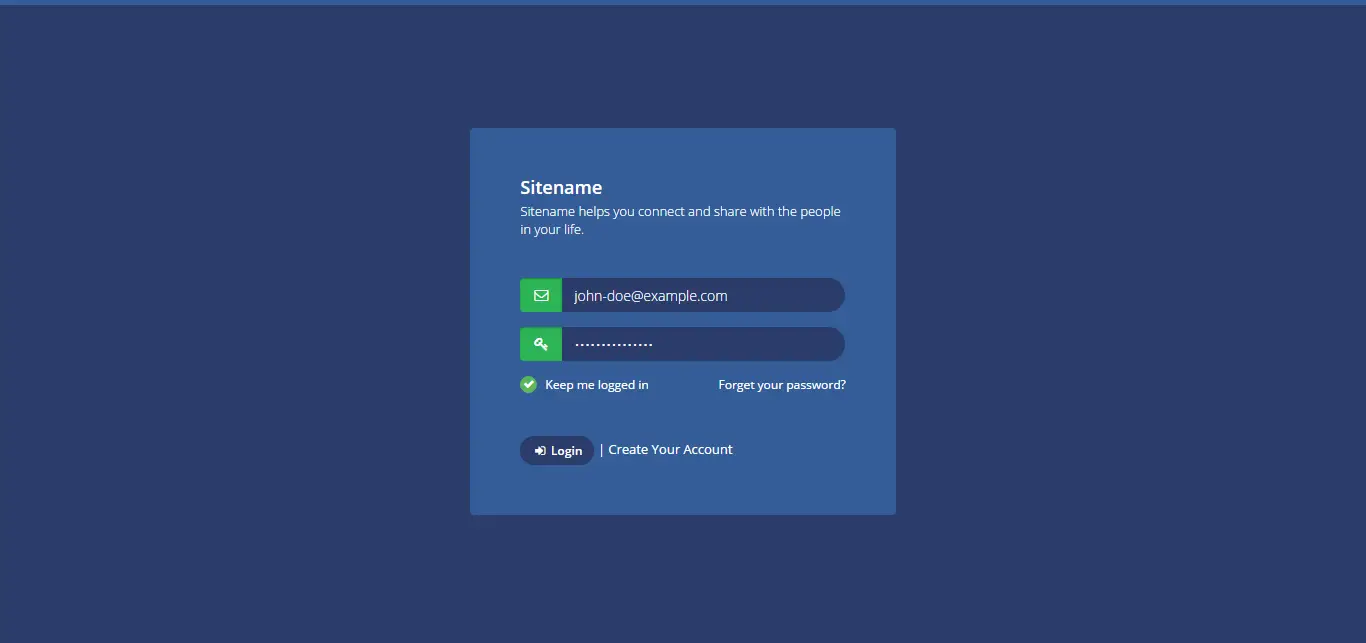Try/finally with no catch block in C#
By Tan Lee Published on Mar 14, 2025 371
This behavior can be critical in scenarios such as resource management, where you need to ensure resources are released, or logging, where you want to track method entry and exit times. The finally block will always execute, except in one particular case, which I will explain in the “Unhandled Exception” section.
Common Use Cases for Try/Finally:
- Releasing resources: When working with resources like database connections, device connections, or semaphores, it’s important to release these resources at the end of a method, regardless of whether an exception occurs.
- Logging: You might want to log a trace at both the start and end of a method, regardless of whether an exception occurs.
This article will explain a scenario where a try/finally block is used, discuss what happens when unhandled exceptions occur, and highlight what happens if an exception is thrown within the finally block.
Using Try/Finally
The following example demonstrates how to use a try/finally block in a method that needs to log when the method starts and ends and ensure that a device is properly disconnected, even if an exception occurs:
void ExecuteCommandOnDevice(string deviceId, string command)
{
Logger.Trace($"Start {nameof(ExecuteCommandOnDevice)} with params: {nameof(deviceId)}={deviceId}");
var device = new Device();
bool locked = false;
try
{
device.Lock();
locked = true;
Logger.Trace("Attempting to connect to the device");
device.Connect();
device.SendCommand(command);
}
finally
{
device.TryDisconnect();
if (locked)
device.Unlock();
Logger.Trace($"End {nameof(ExecuteCommandOnDevice)}");
}
}In this example:
- The
tryblock attempts to lock the device, connect, and send a command. - The
finallyblock ensures the device is disconnected and unlocked regardless of whether an exception is thrown.
Behavior When No Exception is Thrown
When no exception is thrown during the execution, the output from the finally block will show the method ending and the device being unlocked:
2025-02-17 08:45:30.6572 level=Trace message=Start ExecuteCommandOnDevice with params: deviceId=192.168.0.2 2025-02-17 08:45:30.6909 level=Trace message=Attempting to connect to the device 2025-02-17 08:45:30.6909 level=Trace message=Device connected 2025-02-17 08:45:30.6909 level=Trace message=Command executed: Beep 2025-02-17 08:45:30.6909 level=Trace message=Attempted to disconnect device. 2025-02-17 08:45:30.6909 level=Trace message=Device unlocked 2025-02-17 08:45:30.6909 level=Trace message=End ExecuteCommandOnDevice
Behavior When an Exception is Thrown
If an exception is thrown during the method execution, the finally block still runs, ensuring proper cleanup. Here’s what happens when an exception occurs:
2025-02-17 08:47:21.8781 level=Trace message=Start ExecuteCommandOnDevice with params: deviceId=192.168.0.2 2025-02-17 08:47:21.9111 level=Trace message=Attempting to connect to the device 2025-02-17 08:47:21.9111 level=Trace message=Device connected 2025-02-17 08:47:21.9111 level=Trace message=Command executed: ShowPrompt 2025-02-17 08:47:21.9134 level=Trace message=Attempted to disconnect device. 2025-02-17 08:47:21.9134 level=Trace message=Device unlocked 2025-02-17 08:47:21.9134 level=Trace message=End ExecuteCommandOnDevice 2025-02-17 08:47:21.9312 level=Error message=DeviceException: Command failed because the device is disconnected at Device.SendCommand(String command) in C:\path\to\Program.cs:line 78 at Program.ExecuteCommandOnDevice(String deviceId, String command) in C:\path\to\Program.cs:line 42 at Program.Main(String[] args) in C:\path\to\Program.cs:line 21
Even though an exception occurred, the finally block was executed, ensuring the device was properly disconnected and unlocked.
Unhandled Exceptions and the Finally Block
In the event of an unhandled exception, the finally block will still execute. However, it’s essential to understand how the unhandled exception can affect your program.
When there is no catch block to handle the exception, the program will crash, but the finally block will still run:
2025-02-17 08:48:57.6742 level=Trace message=Start ExecuteCommandOnDevice with params: deviceId=192.168.0.2 2025-02-17 08:48:57.7057 level=Trace message=Attempting to connect to the device 2025-02-17 08:48:57.7057 level=Trace message=Device connected 2025-02-17 08:48:57.7057 level=Trace message=Command executed: ShowPrompt 2025-02-17 08:48:58.5032 level=Trace message=Attempted to disconnect device. 2025-02-17 08:48:58.5032 level=Trace message=Device unlocked 2025-02-17 08:48:58.5032 level=Trace message=End ExecuteCommandOnDevice Unhandled exception. DeviceException: Command failed to send because the device is disconnected at Device.SendCommand(String command) in C:\path\to\Program.cs:line 83 at Program.ExecuteCommandOnDevice(String deviceId, String command) in C:\path\to\Program.cs:line 47 at Program.Main(String[] args) in C:\path\to\Program.cs:line 19
If you wish to log unhandled exceptions before the program crashes, you can add an UnhandledException handler:
AppDomain.CurrentDomain.UnhandledException += (object sender, UnhandledExceptionEventArgs e) =>
{
Logger.Error(e.ExceptionObject.ToString());
};Handling Exceptions in Finally Blocks
It is not recommended to throw exceptions from within the finally block, as doing so can obscure the original exception. If an exception is thrown in the finally block after one has been thrown in the try block, the exception in the finally block will often "hide" the original exception, making it harder to diagnose the root cause of the problem.
To avoid this, ensure that you handle exceptions in the finally block carefully, ideally without throwing new exceptions.
In summary, try/finally blocks in C# ensure cleanup operations are always executed, regardless of exceptions. However, handling unhandled exceptions, logging them, and being cautious about exceptions in the finally block are key aspects of managing errors effectively in your code.





